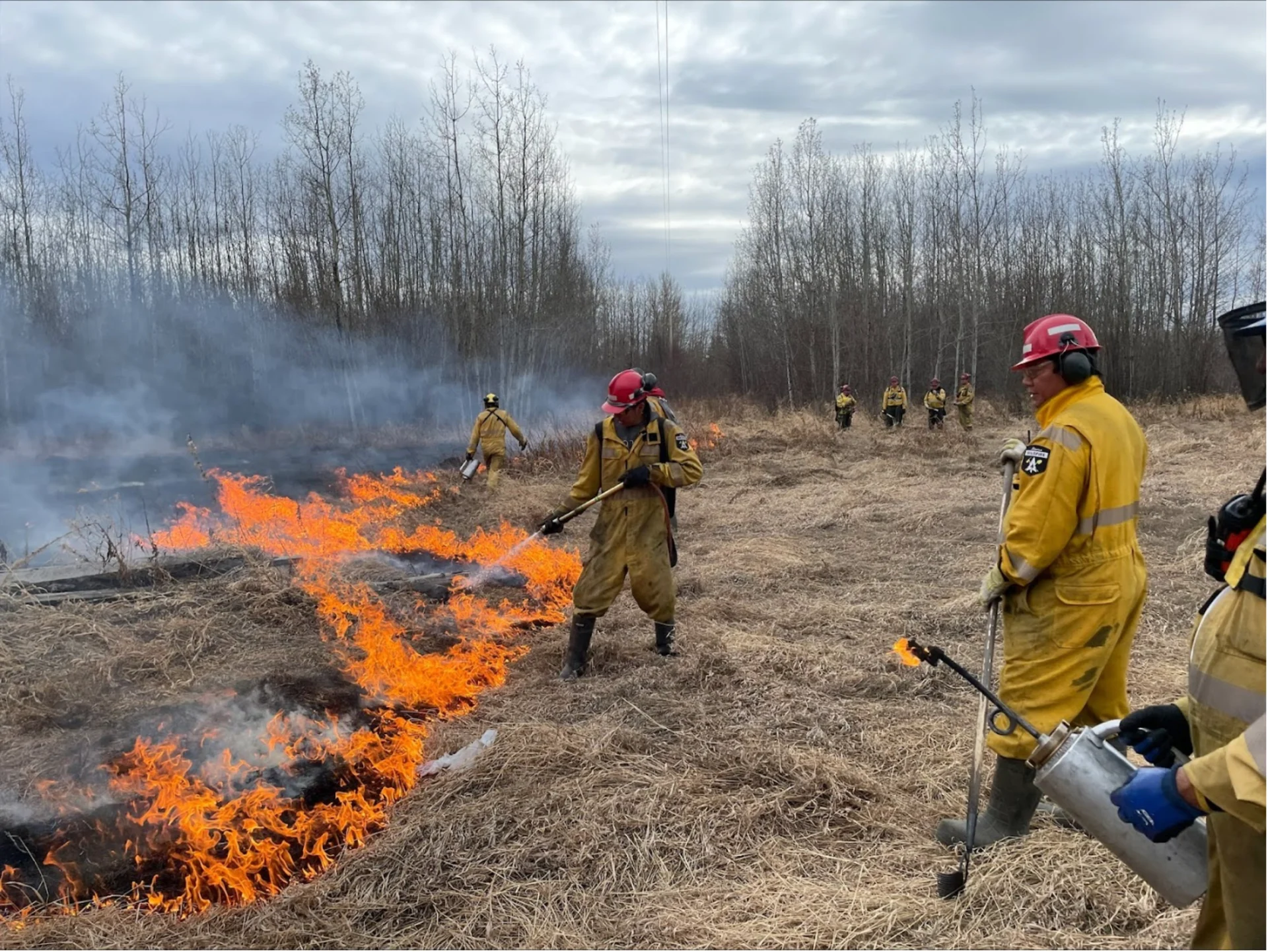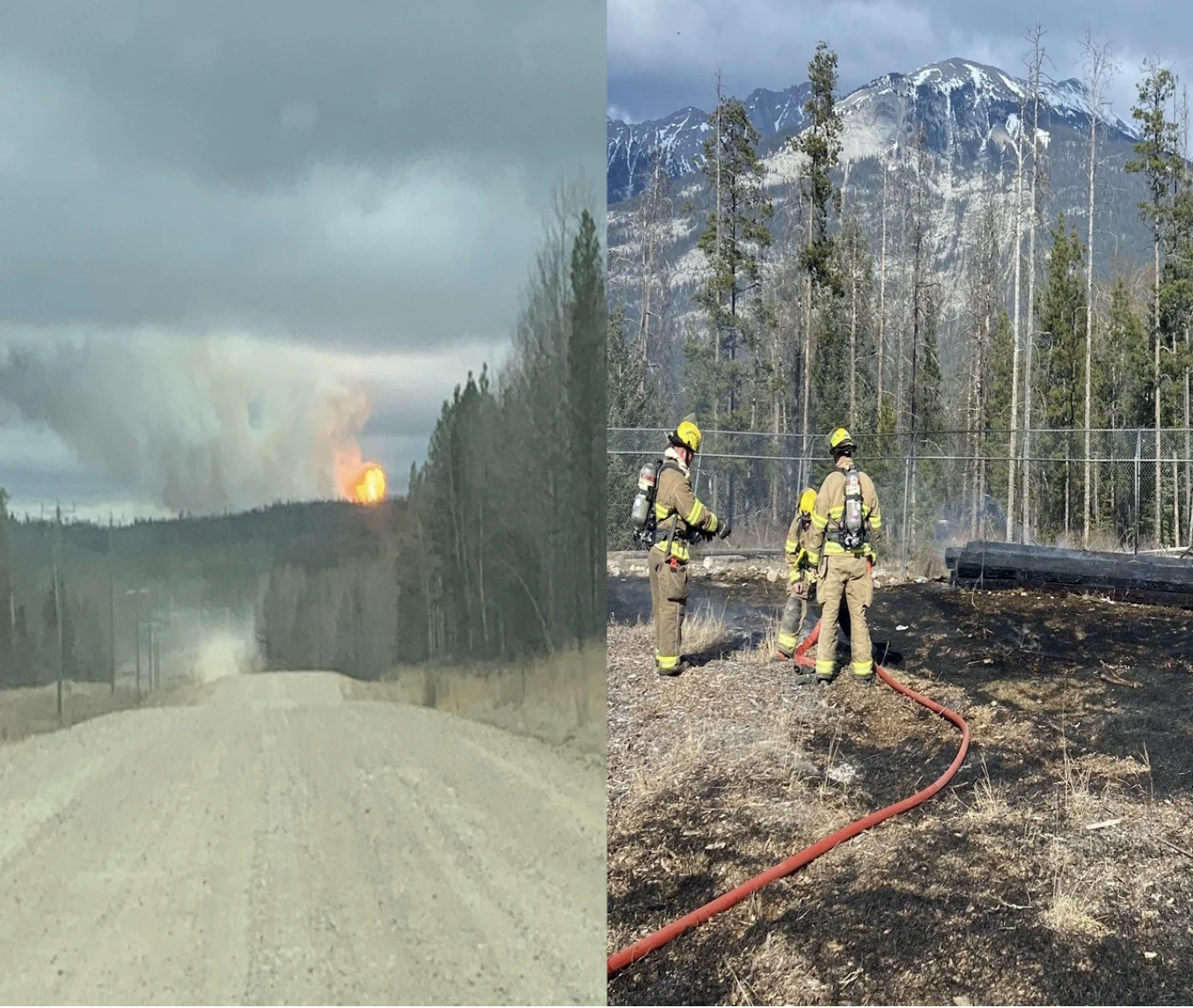
Alberta seeing “heightened wildfire activity”, outpacing 2023 so far
“To date, in 2024, we’ve had more wildfire starts than we had in 2023,” said Forestry Minister Todd Loewen
In the first of the promised weekly fire updates, Alberta wildfire officials said the province is experiencing “heightened” fire activity as temperatures rise, snow melts, and dry vegetation becomes exposed.
“To date, in 2024, we’ve had more wildfire starts than we had in 2023,” said Forestry Minister Todd Loewen, adding that of 50 active wildfires are classified as either under control or being held.
Including 64 carryover fires, there have been 150 wildfires to date as of Thursday morning, compared to 85 at this time last year, according to the provincial wildfire dashboard. About 580 hectares have burned, compared to 150 at this time in 2023. Loewen said that currently, no communities are immediately threatened by any of the active fires.

Recent wildfires near Edson and at the Jasper National Park transfer site were quickly contained. Image source: Alberta Wildfire (left), Jasper National Park (right).
RELATED: Alberta's wildfire season is underway, here's how 500 new firefighters are preparing for it
Those volatile conditions were experienced firsthand this week when wildfires sprung up in Jasper National Park and near Edson, Alta.
A wildfire at the Jasper transfer site, about 9 kilometres northeast of the Jasper townsite, was reported by hikers Monday afternoon.
Jasper National Park Resource Conservation Manager David Argument said it’s believed to have started in a burning pile at the site meant for the disposal of things like vegetation, construction material, and yard waste.
“We’re certainly going to have to review procedures and ensure we have a look at those contributing factors. There are some options we’re looking at to move away from the burn pile,” said Argument.
“At this time of year, people are busy with fire risk reduction efforts, which is great. But as people are trimming back vegetation and removing fuel sources, that stuff needs to be disposed of somewhere and is likely what was going into that burn pile.”
Crews were able to contain the grass fire quickly, preventing it from expanding into nearby forests.
“We are entering into the spring in a drought condition, and it’s significantly drier than average. Before green up happens, there’s a period here where we’re a little more on guard for the potential for fires to start,” said Argument.
“We’ll impose fire bans when required. When people observe things like this, we certainly encourage people to report them, whether it’s illegal campfires or suspicious smoke. It really helps with rapid response.”
The transfer site has been reopened while crews battle the remaining hot spots.
Meanwhile, a natural gas pipeline rupture is believed to have triggered a blaze about 40 kilometres from Edson on Tuesday morning. TC Energy confirmed the rupture, said the affected section of the pipeline was shut down, that the resulting wildfires had been brought under control, and that the incident is under investigation.
Loewen added Thursday that the RCMP’s national security team is also investigating the incident, adding that it is standard procedure for the team to investigate a fire of unknown cause.
No injuries resulted from either fire.
WATCH: This is what it takes to become wildland firefighter in Alberta
(Header image shows wildland firefighters conducting hazard reduction burns to remove dead vegetation and grass from around communities. More than 1000 hectares have been proactively burned this year, Alberta Wildfire says. Image credit: Connor O'Donovan/The Weather Network)










